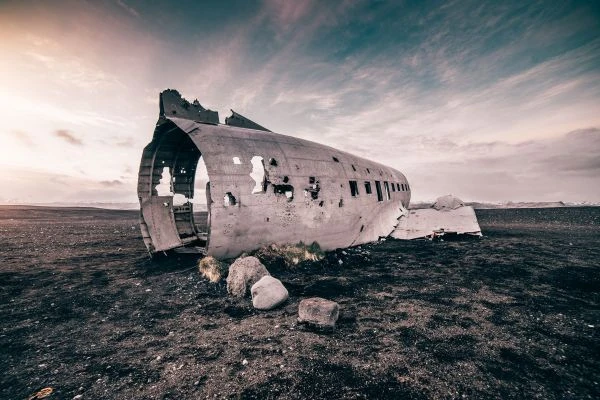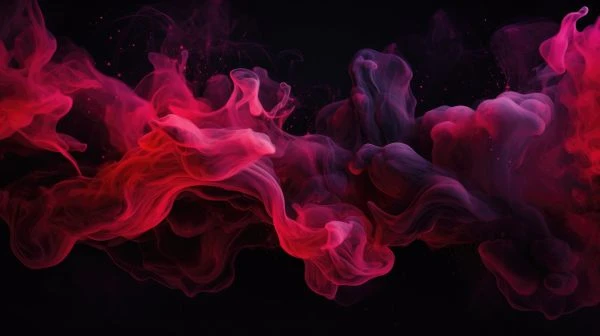When we immerse ourselves in heroic tales, whether through ancient epics or modern cinematic adaptations, something primal stirs within us. These narratives transcend mere entertainment—they serve as moral compasses, cultural touchstones, and psychological mirrors that reflect humanity's highest aspirations. The enduring power of heroic stories lies not in their fantastical elements, but in how they crystallize universal truths about courage, sacrifice, and transformation.
The Psychological Architecture Behind Our Fascination With Heroic Stories
Carl Jung's concept of the collective unconscious explains why heroic archetypes appear across civilizations separated by geography and centuries. The hero's journey—departure, initiation, return—forms a psychological blueprint that resonates because it mirrors our personal growth trajectories. When reading about Odysseus navigating treacherous waters or Katniss Everdeen surviving the Hunger Games, we're not just observing fictional characters; we're witnessing symbolic representations of our own struggles against adversity.

Neuroscience Meets Mythology
Recent fMRI studies reveal that heroic narratives activate the same brain regions involved in moral reasoning and empathy. This neural overlap suggests why we feel physically uplifted when Harry Potter chooses nobility over vengeance, or when Atticus Finch defends Tom Robinson despite social backlash. Our brains process these fictional moments as genuine moral instruction, wiring them into our behavioral frameworks.

Cultural Transmission Through Generations of Heroic Tales
From Gilgamesh to Black Panther, heroic stories function as society's moral DNA—encoding ethical principles in memorable narrative form. Ancient civilizations understood this pedagogical power intuitively. The Iliad wasn't merely Greek entertainment; it was a manual on honor, leadership, and the consequences of pride. Similarly, contemporary superhero narratives distill complex modern dilemmas into accessible parables about responsibility, justice, and technological ethics.

The Evolution of Heroism Across Eras
Compare Beowulf's brute strength with Marvel's Tony Stark—whose heroism stems from intellect and self-awareness. This shift reflects changing cultural priorities. Where classical heroes conquered through physical might, modern protagonists increasingly triumph via emotional intelligence and moral clarity. Yet the core message remains: true heroism involves overcoming both external obstacles and internal limitations.
Practical Wisdom Hidden in Heroic Narratives
Beyond inspiration, heroic stories offer concrete psychological strategies for navigating life's challenges. Joseph Campbell's monomyth framework reveals how these tales provide roadmaps for personal transformation. The "call to adventure" phase teaches us to recognize opportunities disguised as disruptions. The "meeting with the mentor" stage underscores the value of seeking guidance. Even the often-overlooked "refusal of the call" moment validates our very human resistance to change.
Modern Applications of Ancient Patterns
Entrepreneurs unconsciously follow heroic templates when pivoting startups during crises. Activists channel archetypal energy when facing seemingly insurmountable injustice. Recognizing these patterns allows us to consciously harness their power—approaching our own crossroads with the awareness that struggle precedes growth, and that every hero stumbles before finding their footing.
Ultimately, heroic stories endure because they're not about superhuman feats—they're about the human condition amplified. Whether reading Homer in the original Greek or analyzing the latest Marvel installment, we're participating in an ancient conversation about what it means to live with purpose. These narratives remind us that heroism isn't about perfection, but perseverance; not about glory, but grit. And perhaps most importantly, they assure us that within every ordinary person sleeps the potential for extraordinary courage.


 相关文章
相关文章




 精彩导读
精彩导读




 热门资讯
热门资讯 关注我们
关注我们
